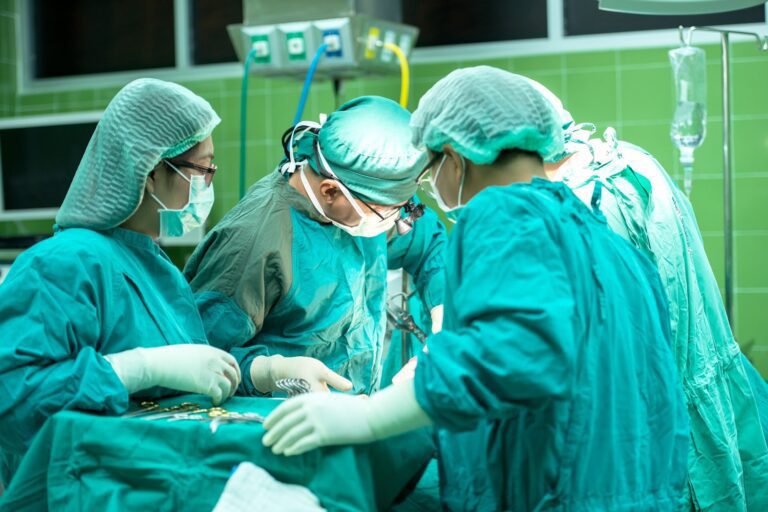Credit: Public Domain Pixabay/CC0
Nipple-sparing mastectomy (NSM) — an increasingly popular option for women undergoing breast cancer treatment — not only achieves good cosmetic results, but also a low long-term risk of breast cancer recurrence, reports a study in October of Plastic and Reconstructive Surgery.
Ten years after NSM, the breast cancer recurrence rate is only 3%, according to new research, led by ASPS Surgeon Fellow Mihye Choi, MD, of the Hansjörg Wyss Department of Plastic Surgery, NYU Langone Health. The researchers write that “nipple-sparing mastectomy remains a viable option in the appropriately indicated patient with regard to long-term cancer recurrence.”
Not only improved cosmetic results – NSM provides good long-term cancer control
In the NSM technique, the surgeon preserves the nipple and surrounding tissues for use in immediate breast reconstruction. Compared to conventional mastectomy, NSM allows for a more natural-looking reconstruction, leading to higher patient satisfaction. However, there is little information about the long-term risk of breast cancer recurrence after NSM.
Dr. Choi and colleagues evaluated breast cancer outcomes in 120 patients who underwent NSM for breast cancer treatment. The analysis included a total of 126 NSM treatment procedures. The analysis excluded prophylactic (preventive) NSM procedures to reduce the risk of breast cancer in women at high genetic risk.
At a mean follow-up of 10 years after NSM, the analysis showed low risks of cancer recurrence: 3.33% per patient and 3.17% per reconstructed breast. Of the four patients with recurrent cancer, two had local recurrences (breast only) and two had cancer spread to other sites (locoregional recurrence).
The risk of recurrence was higher for women who had lymph node cancer. However, in an analysis adjusted for other factors, there were no demographic, surgical, or tumor-related variables that predicted the risk of breast cancer recurrence.
The researchers point out some key limitations of their findings—including selection bias related to the characteristics of patients who might be considered good candidates for NSM. Most of the patients in the study had early-stage breast cancer: stage 1 in about 45% and stage 0 in 34%.
Finding good long-term cancer control is especially important in light of the increasing use of NSM and immediate reconstruction for women with breast cancer. “Patients with NSM had low rates of local recurrence in a retrospective review of patients with a median follow-up of 10 years,” concluded Dr. Choi and colleagues. They add that “despite the low recurrence rates, close surveillance remains important to continually assess the long-term safety of NSM.”
More information:
Carter J. Boyd et al, Long-term cancer recurrence rates after nipple-sparing mastectomy: A 10-year follow-up, Plastic and Reconstructive Surgery (2022). DOI: 10.1097/PRS.0000000000009495
Reference: Low long-term risk of breast cancer recurrence after nipple-sparing mastectomy (2022 September 29) Retrieved September 21, 2024 from
This document is subject to copyright. Except for any fair dealing for purposes of private study or research, no part may be reproduced without written permission. The content is provided for informational purposes only.


